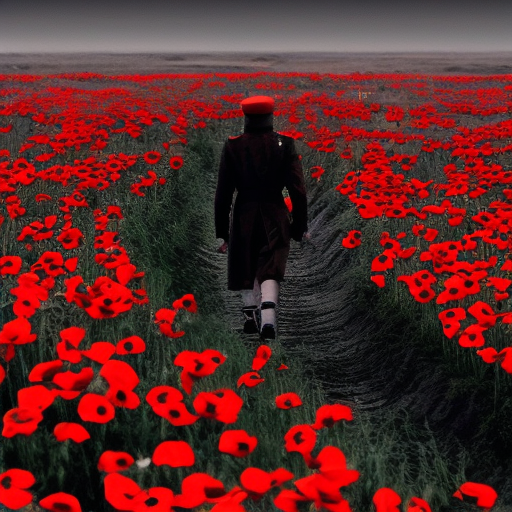All Quiet on the Western Front by Lewis Milestone
Summary: “All Quiet on the Western Front” is a powerful anti-war film directed by Lewis Milestone that follows a group of young German soldiers during World War I and explores the devastating effects of war on their lives.
Main Cast and Crew:
– Director: Lewis Milestone
– Writers: Erich Maria Remarque (novel), Maxwell Anderson (adaptation)
– Key Actors: Lew Ayres (Paul Bäumer), Louis Wolheim (Stanislaus “Kat” Katczinsky), John Wray (Himmelstoss), Arnold Lucy (Professor Kantorek)
– Music Director: David Broekman
– Director of Photography: Arthur Edeson
– Producers: Carl Laemmle Jr., Carl Laemmle
Plot:
Set during World War I, “All Quiet on the Western Front” follows Paul Bäumer and his classmates as they enlist in the German army with patriotic fervor. However, their idealism quickly fades as they experience the harsh realities of war. Under the guidance of their wise and experienced comrade, Kat, the soldiers navigate the treacherous trenches, witnessing death and destruction on a daily basis.
As the war progresses, the soldiers endure physical and psychological trauma. They face constant danger, engage in brutal battles, and witness the deaths of their friends. The film portrays the soldiers’ struggle to maintain their humanity in the face of the dehumanizing effects of war. Paul, in particular, grapples with the loss of innocence and the disillusionment that comes with witnessing the horrors of combat.
Themes and Motifs:
“All Quiet on the Western Front” explores several central themes, including the futility of war, the loss of innocence, and the dehumanizing effects of conflict. The film emphasizes the senselessness of war, highlighting the devastating impact it has on young soldiers who are forced to confront the harsh realities of battle. It also delves into the psychological toll of war, depicting the soldiers’ struggle to maintain their humanity amidst the violence and destruction.
The motif of camaraderie is also prevalent throughout the film. The soldiers form deep bonds with each other as they rely on one another for survival. Their friendships provide solace and support in the midst of chaos, underscoring the importance of human connection in times of crisis.
Reception and Legacy:
Upon its release in 1930, “All Quiet on the Western Front” received critical acclaim for its realistic portrayal of war and its anti-war message. The film won two Academy Awards, including Best Picture, and was nominated for two others. It was praised for its powerful performances, gripping storytelling, and groundbreaking cinematography.
The film’s impact on cinema and its lasting legacy cannot be overstated. It is considered one of the greatest war films ever made and has influenced countless filmmakers and artists. “All Quiet on the Western Front” continues to be studied and celebrated for its poignant depiction of the human cost of war.
Recommendation:
“All Quiet on the Western Front” is a must-watch for anyone interested in war films or thought-provoking cinema. Its realistic portrayal of the horrors of war and its exploration of the human psyche make it a timeless classic. The film serves as a powerful reminder of the devastating consequences of conflict and the importance of peace.
Memorable Quote:
“Comrades, I bid you farewell. I go now to join the Immortals, to give my life for the Fatherland. Long live Germany.” – Paul Bäumer












